Building Blocks of Dermatopathology
BAD DermpathPRO Learning Hub: Diagnostic Clues
Case Number : CT0024 Dr. Richard Carr
Please read the clinical history and view the images by clicking on them before you proffer your diagnosis.
Submitted Date :
M50. Known CLL. Presented with a polymorphic rash (papular, macular and vesicular) on limbs. Initially thought to be a drug reaction. All chemotherapy stopped but rash persisted. Case c/o Dr Arti Bakshi







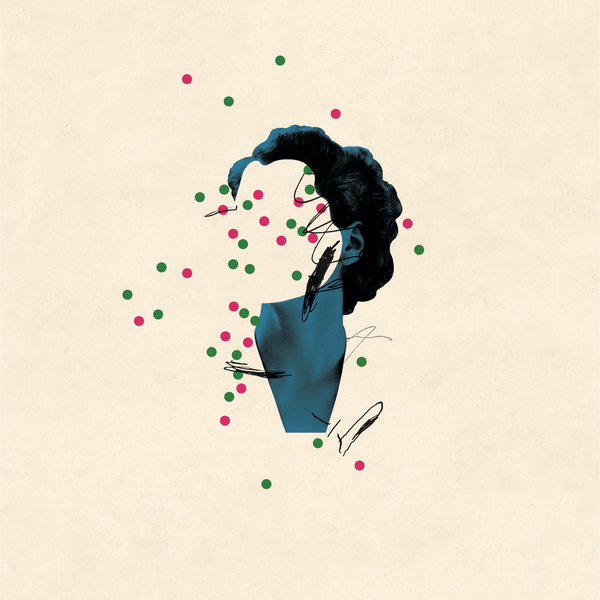

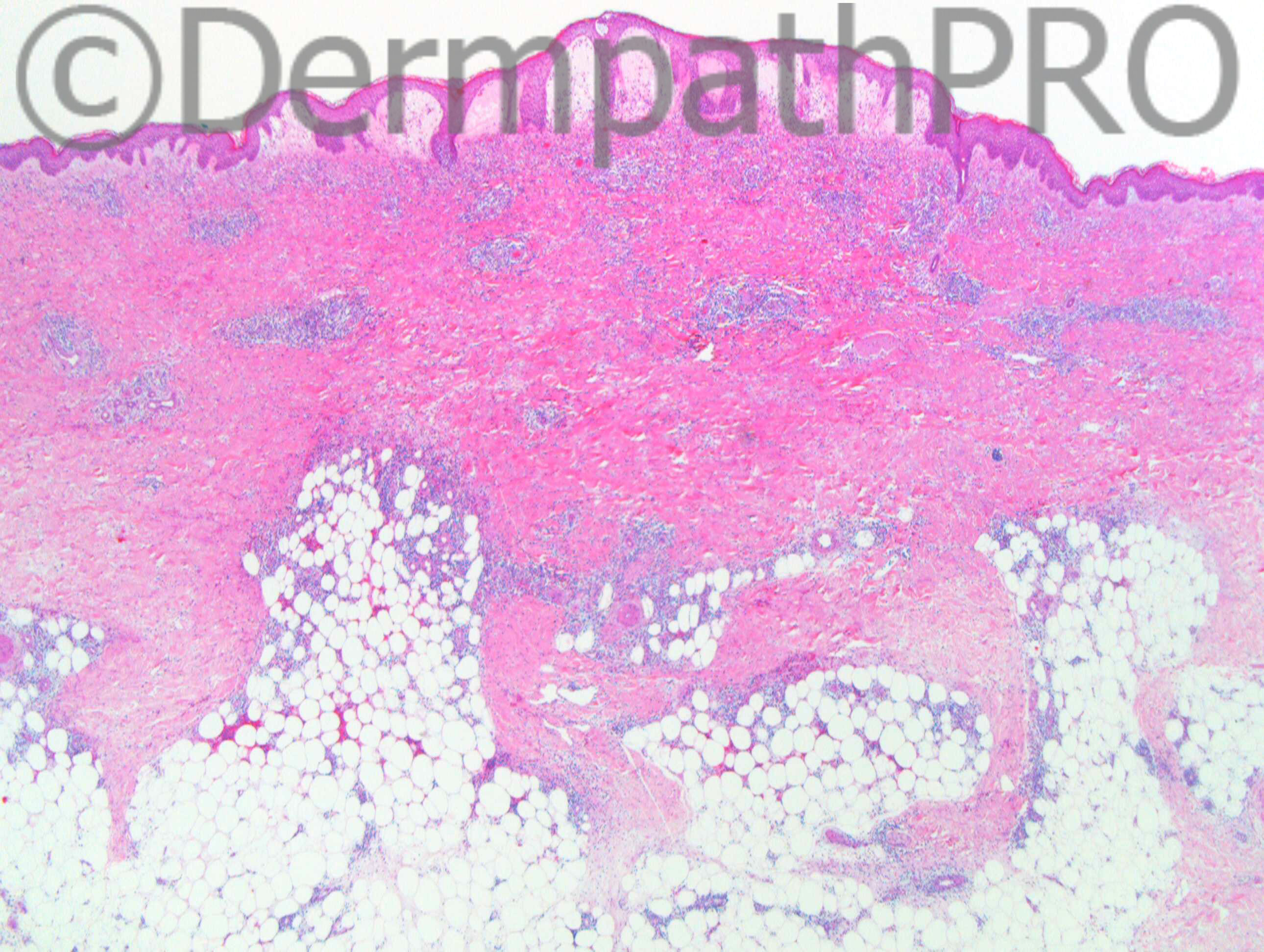
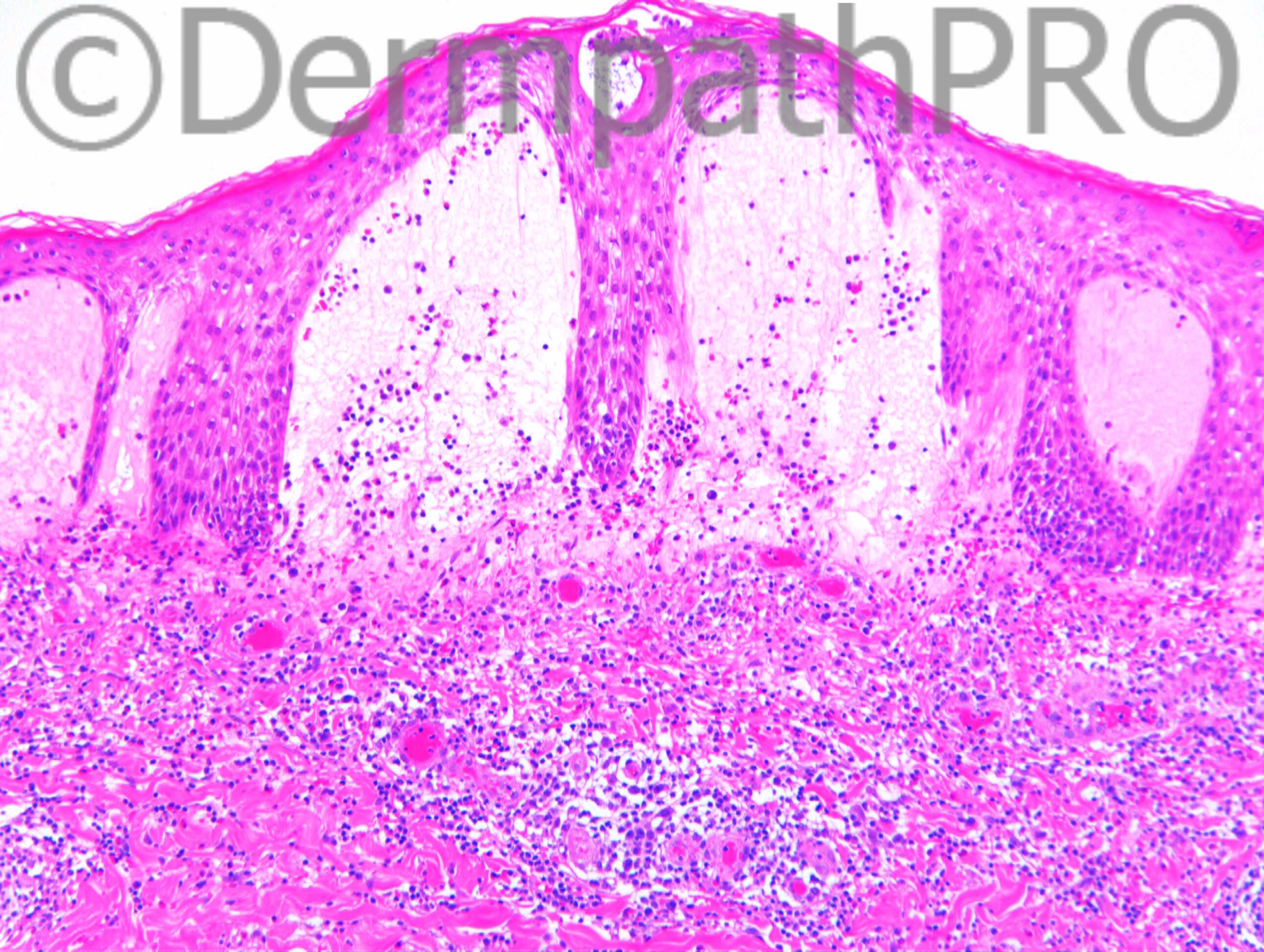
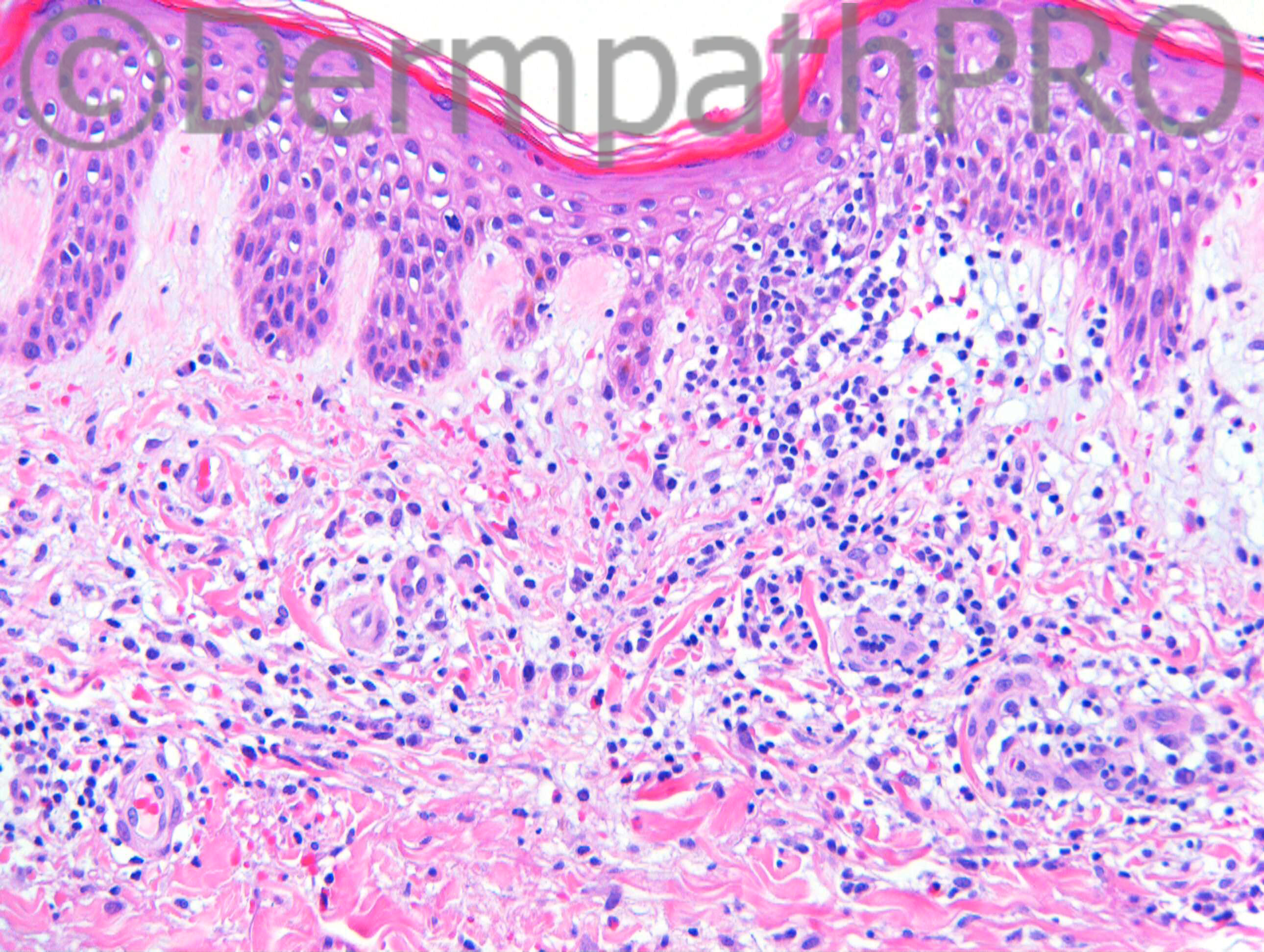
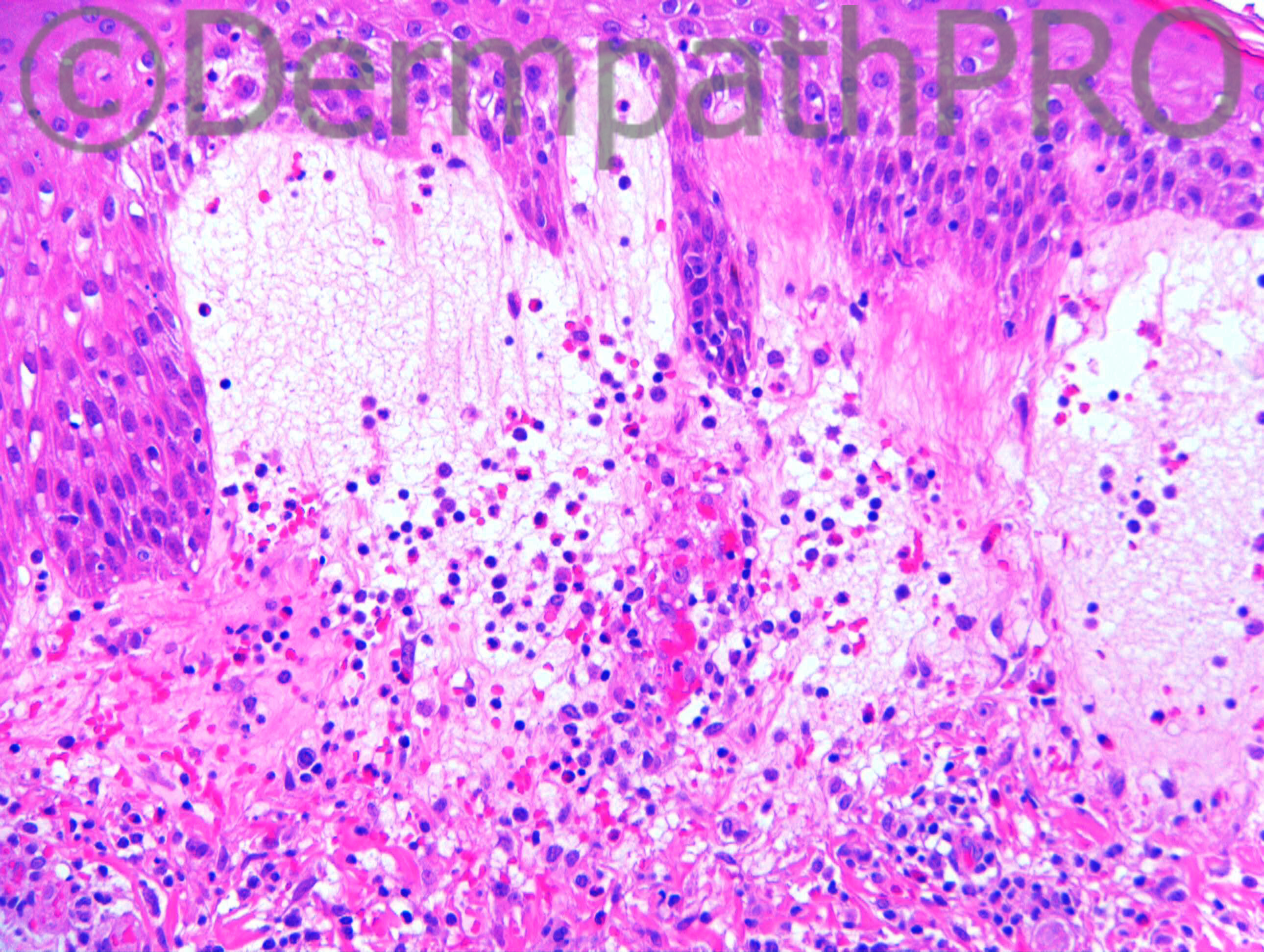
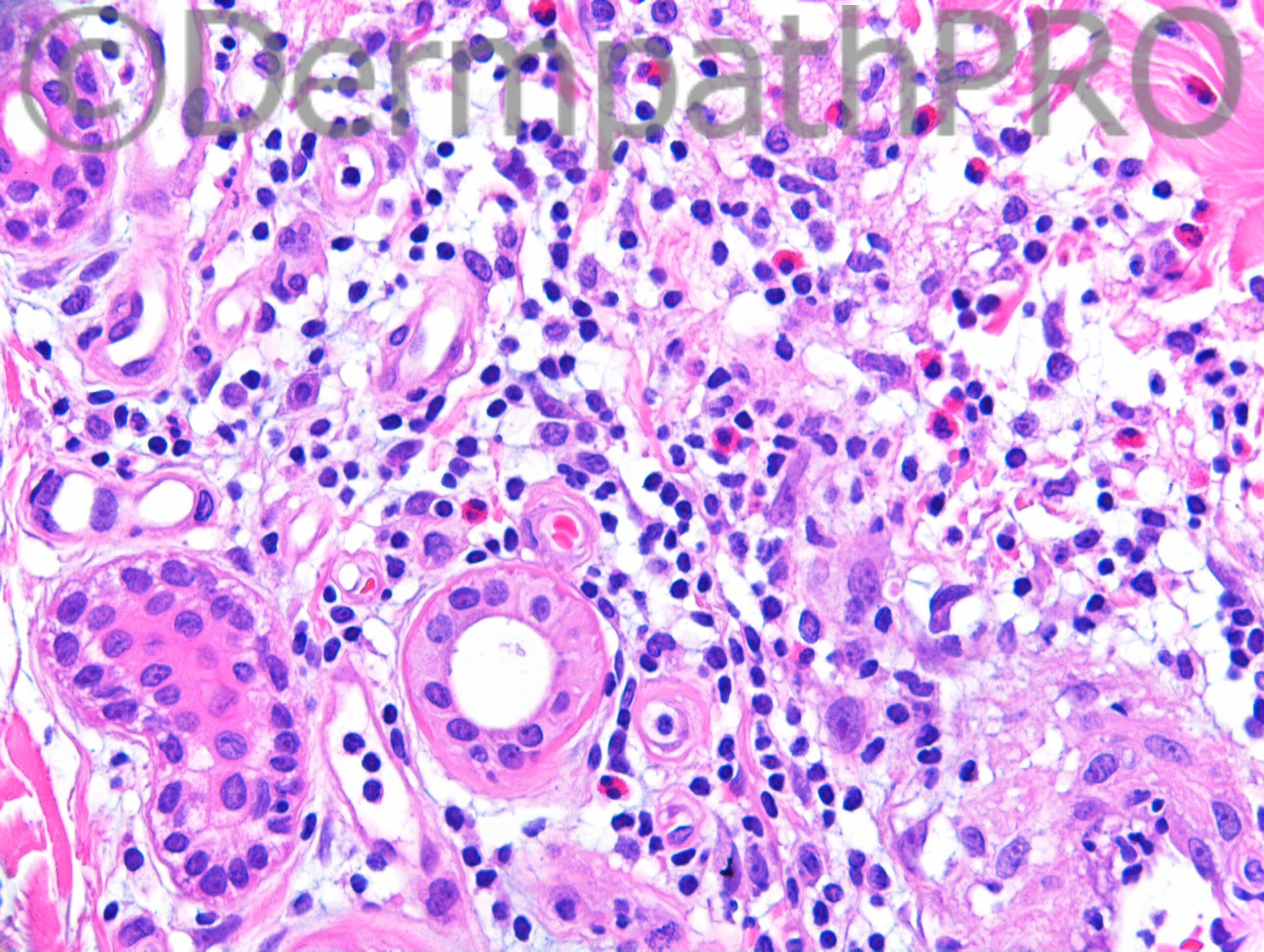
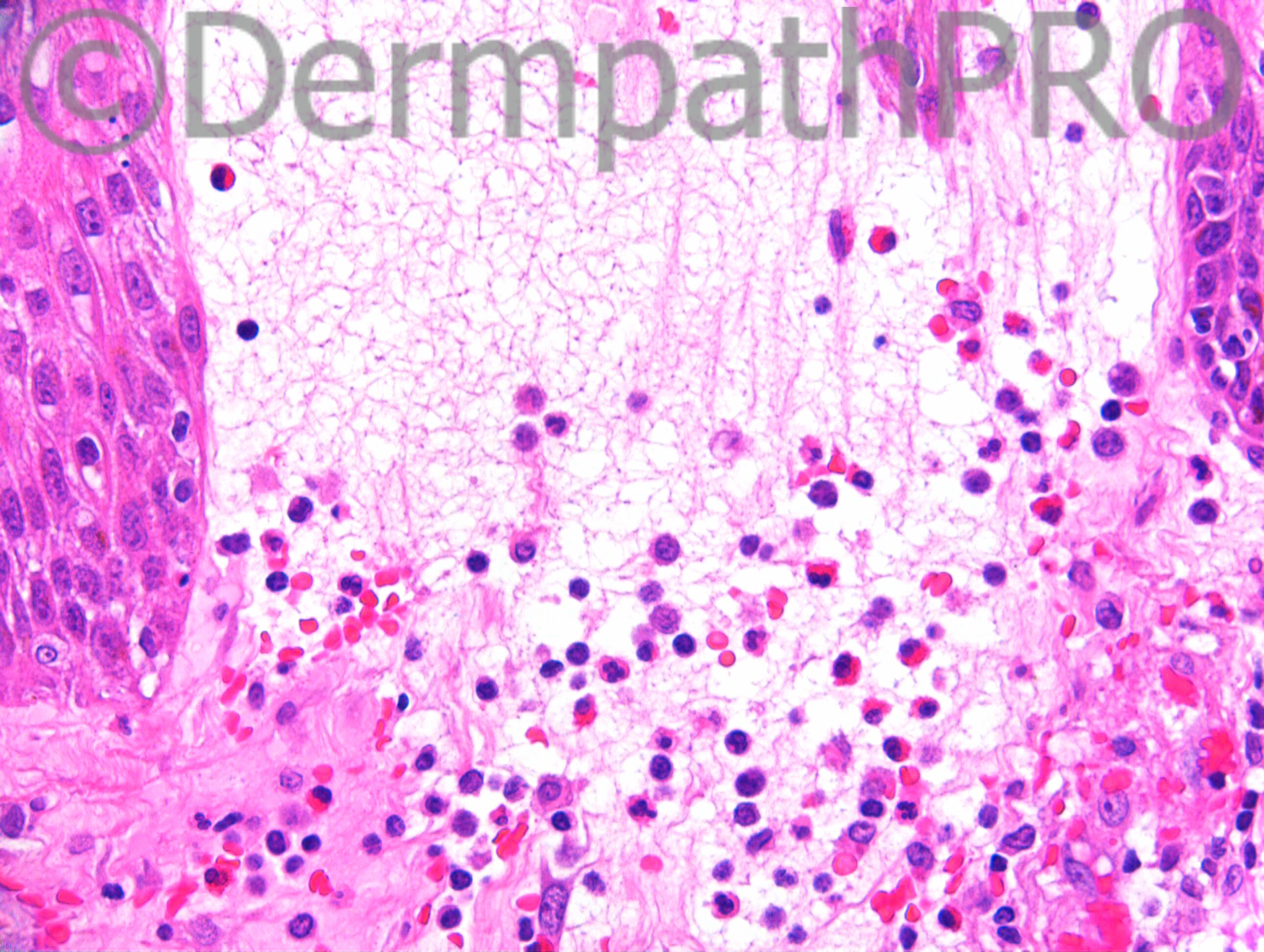
User Feedback